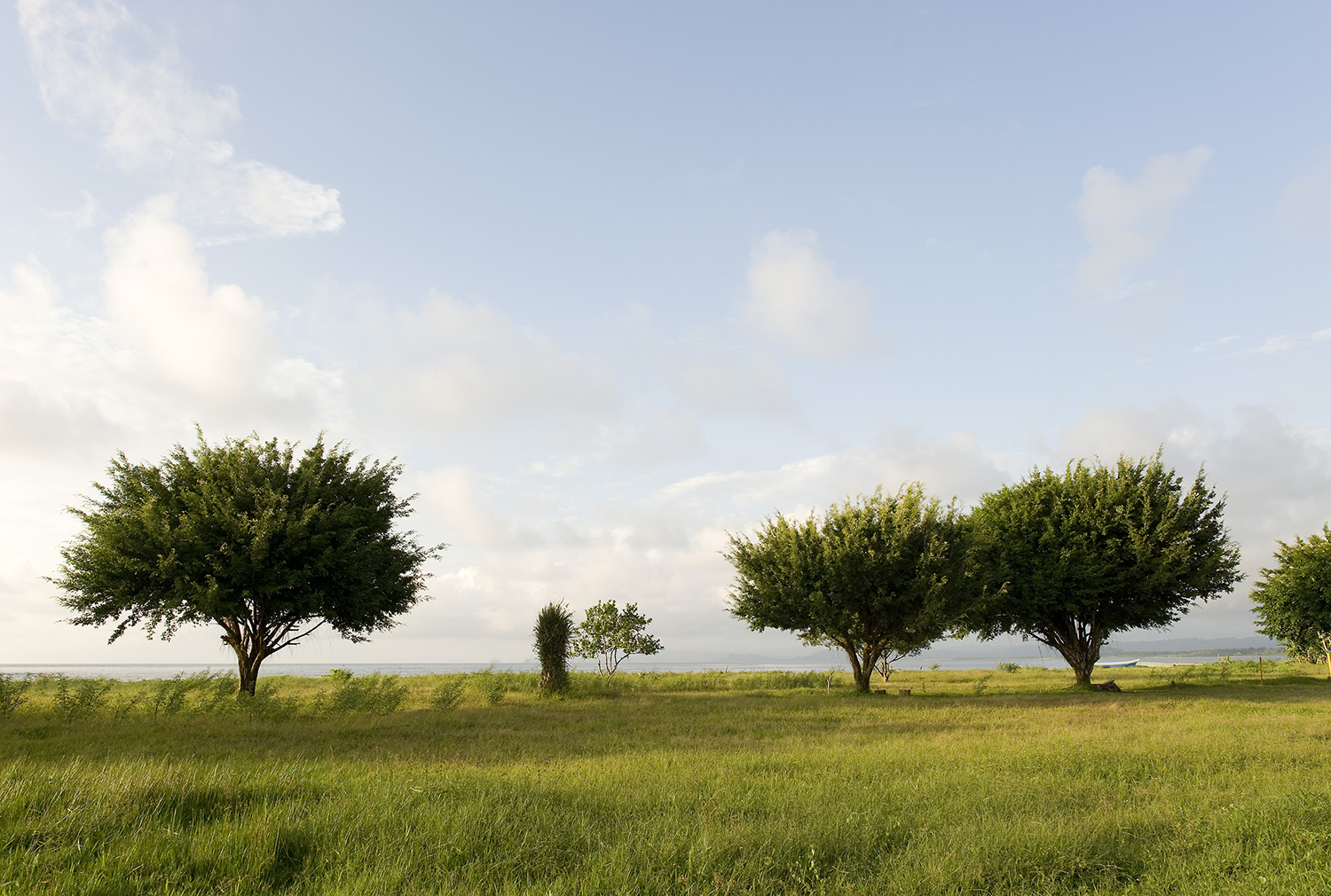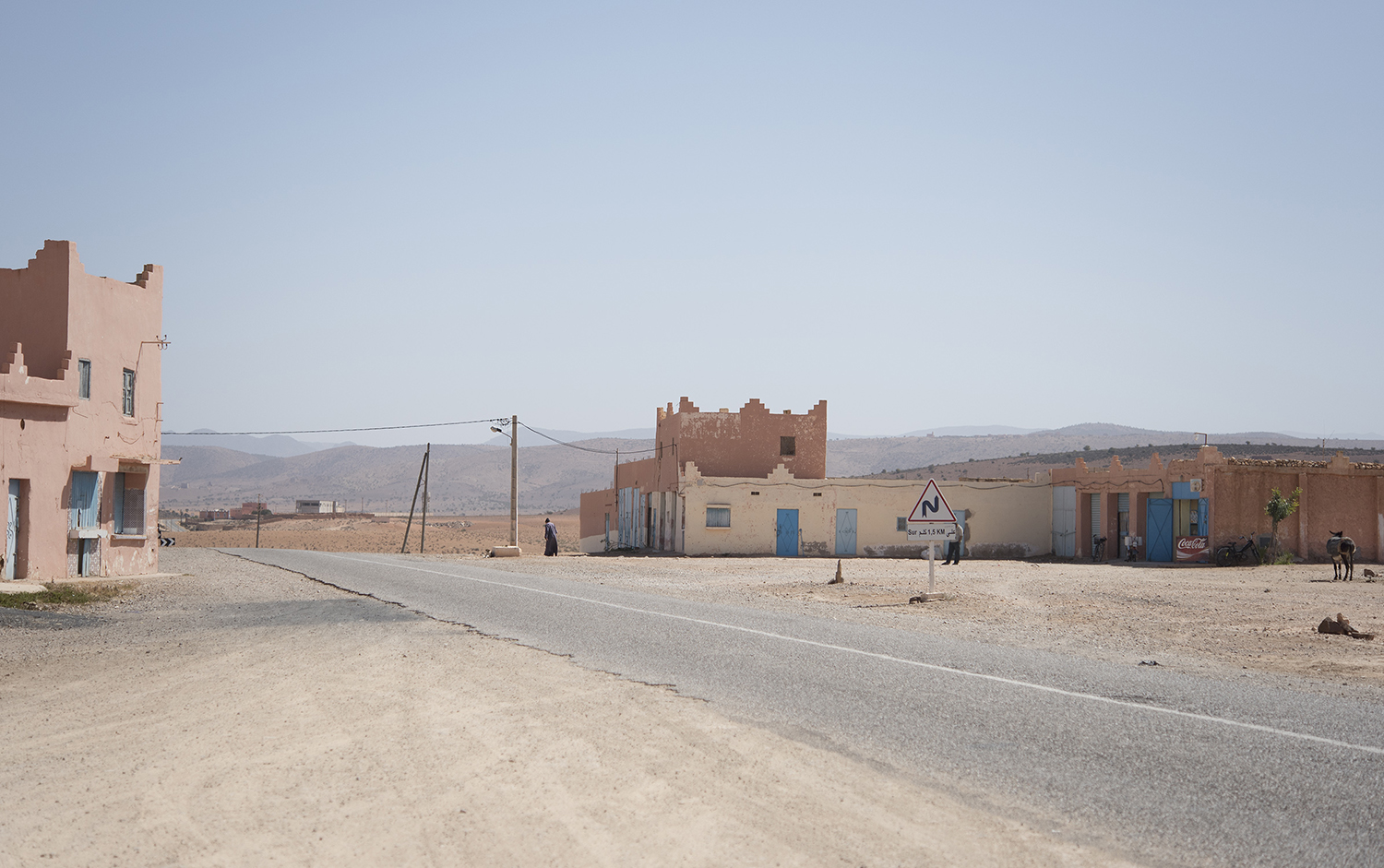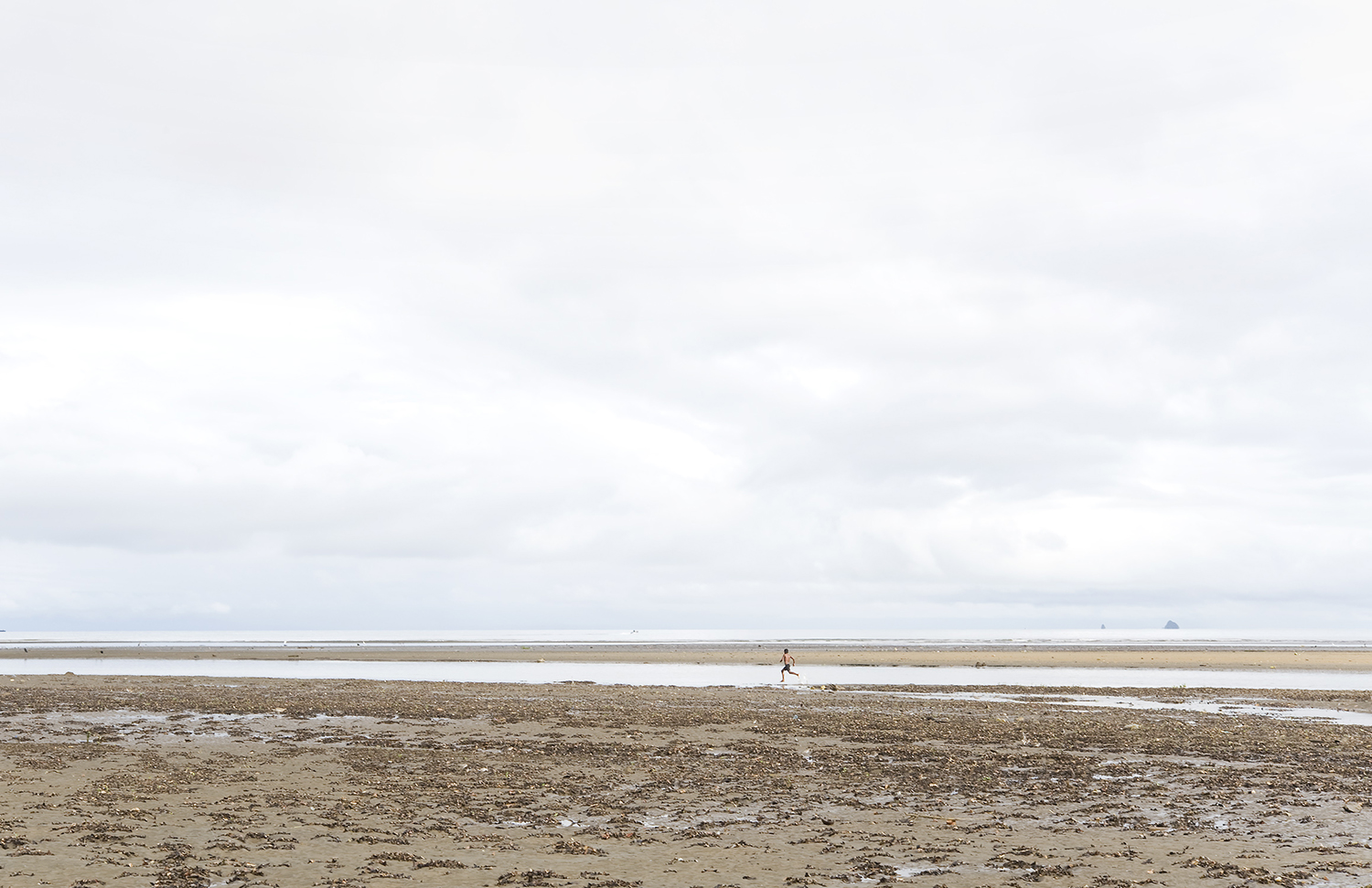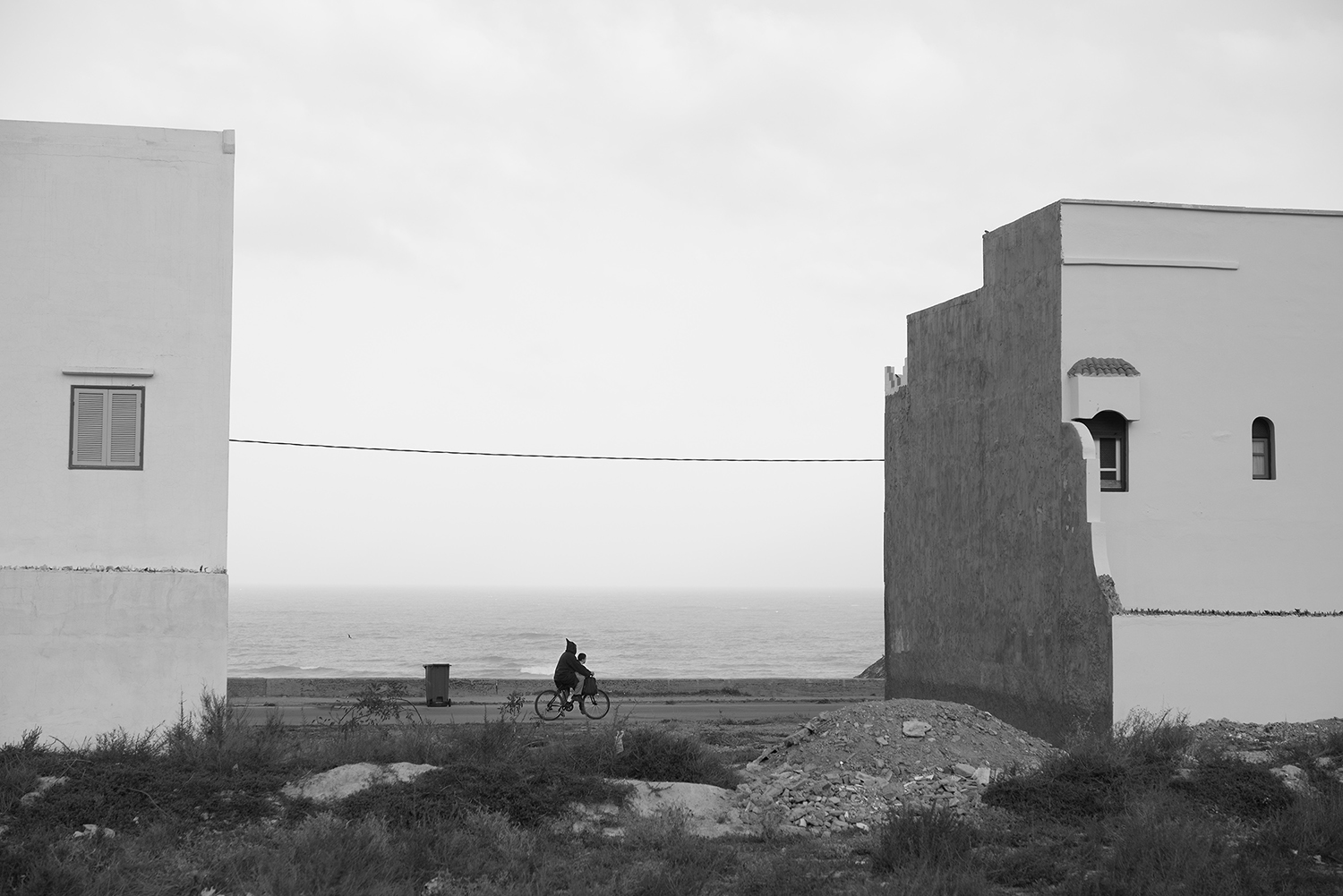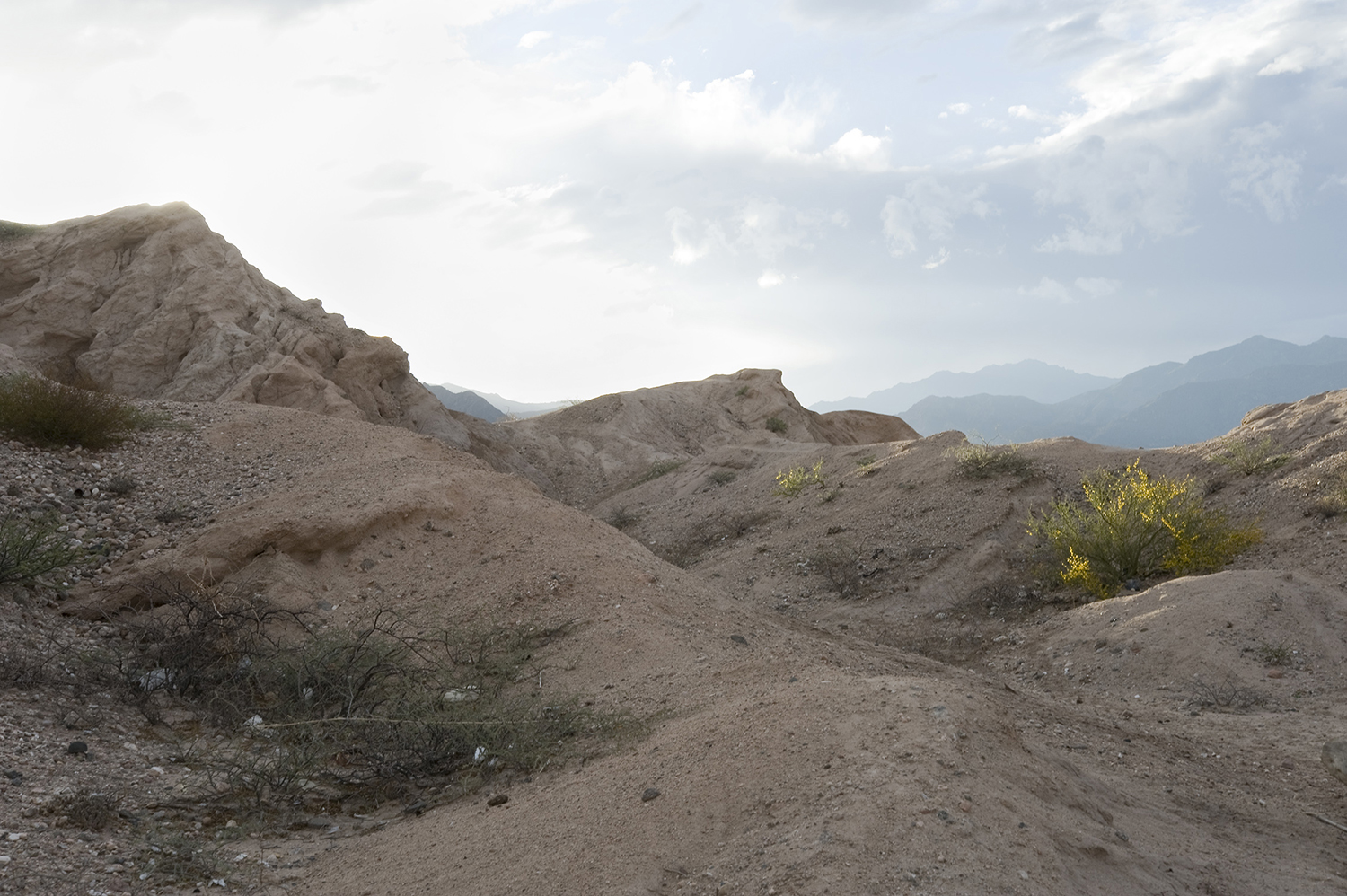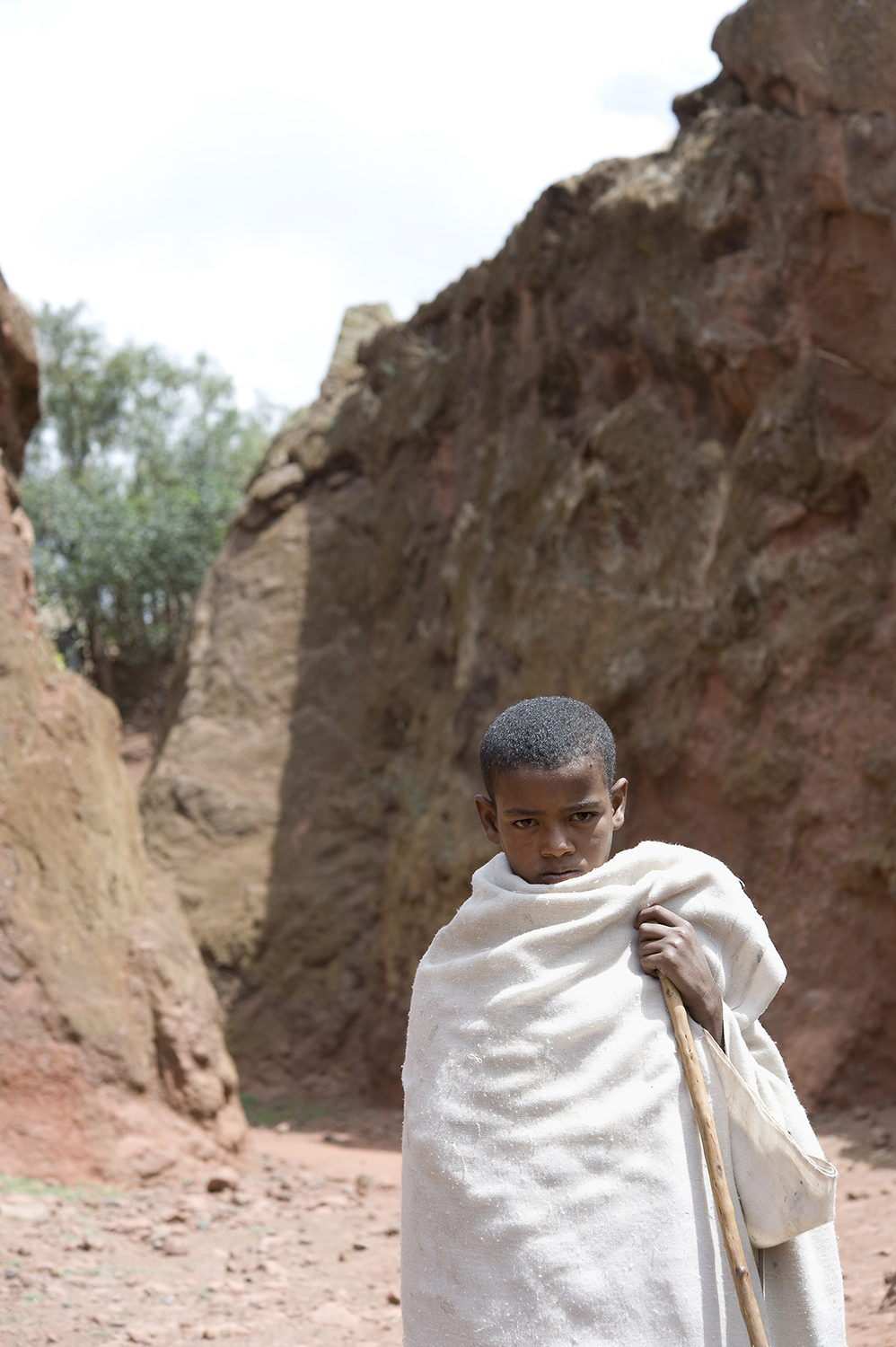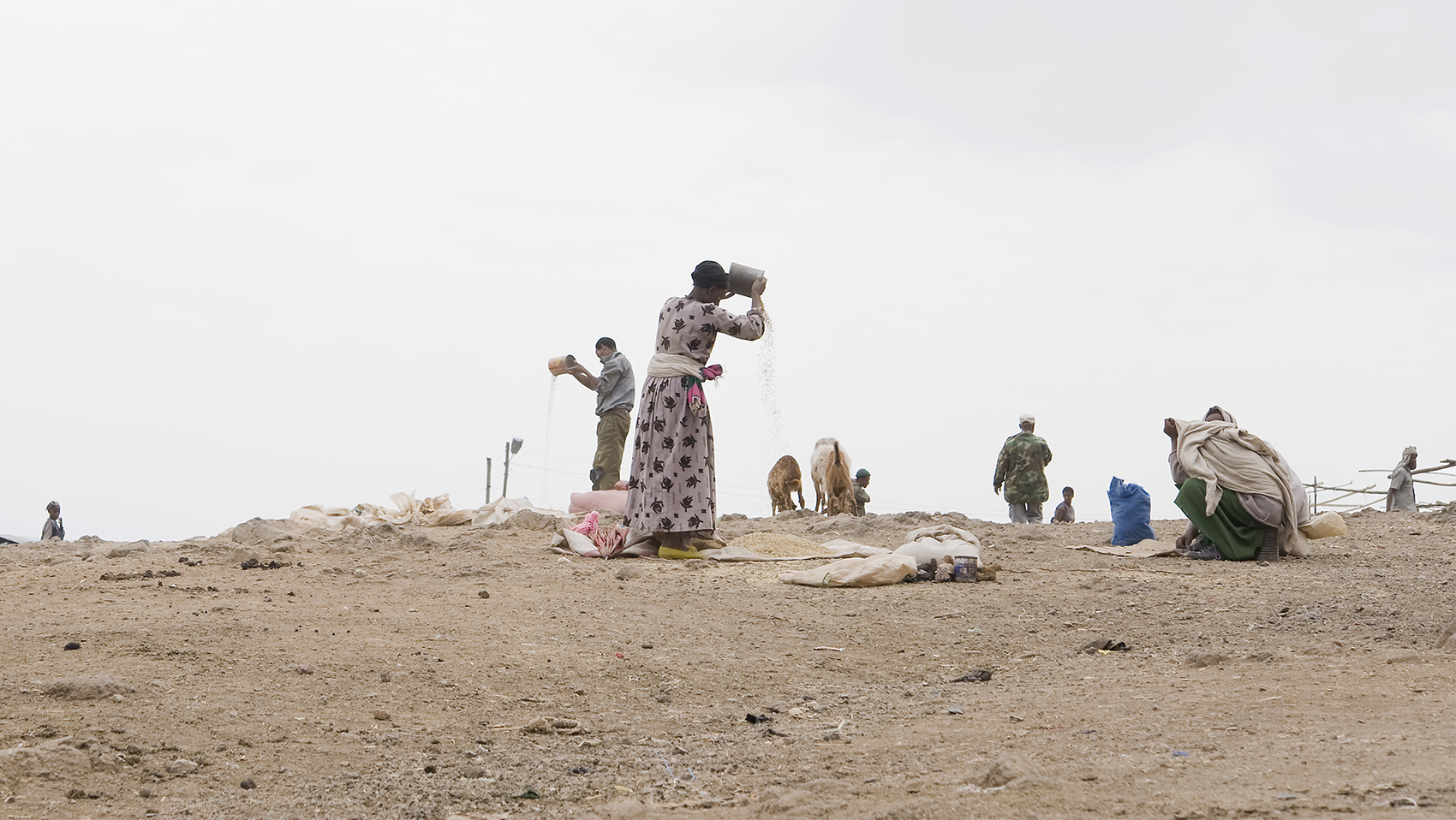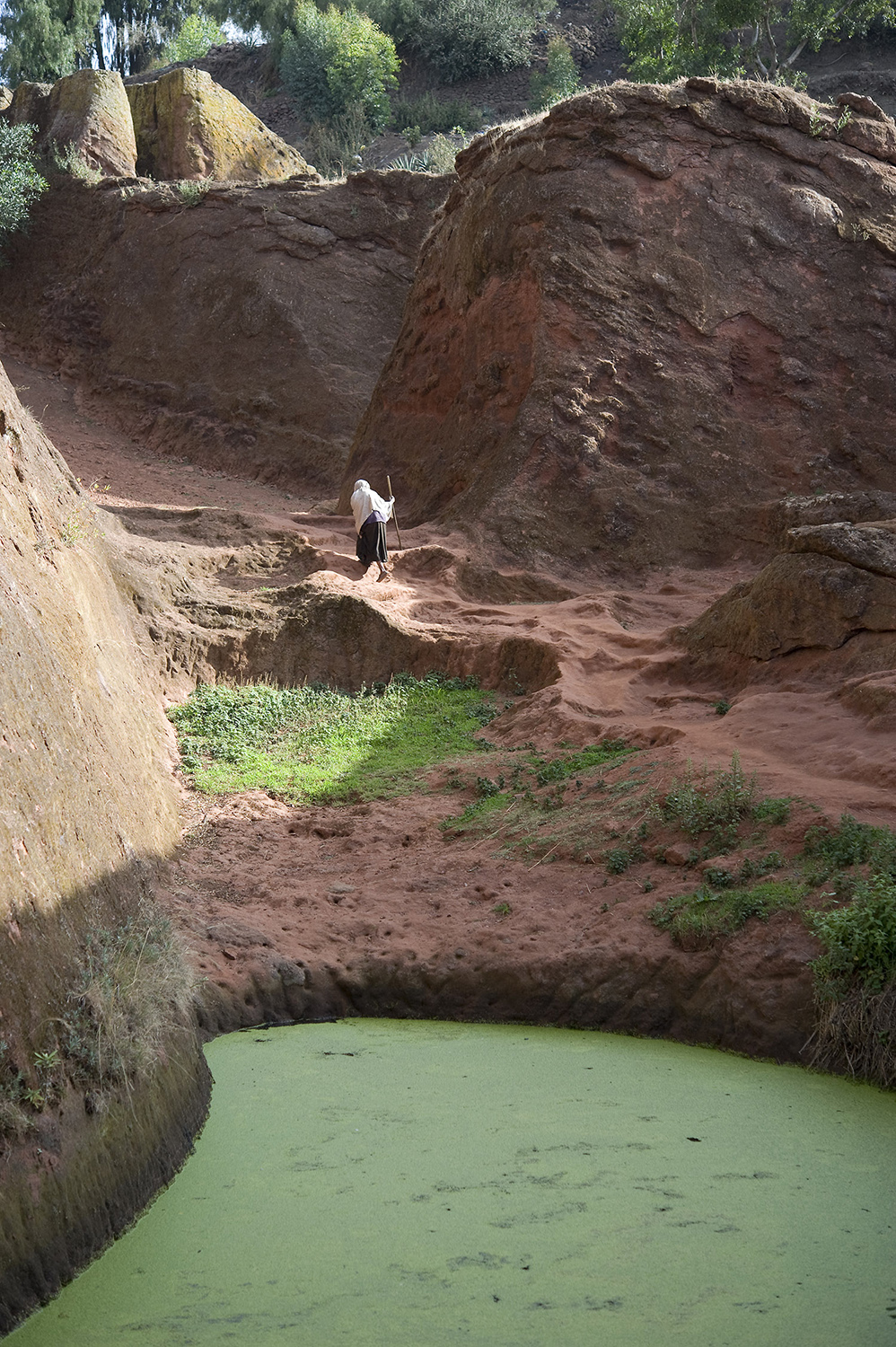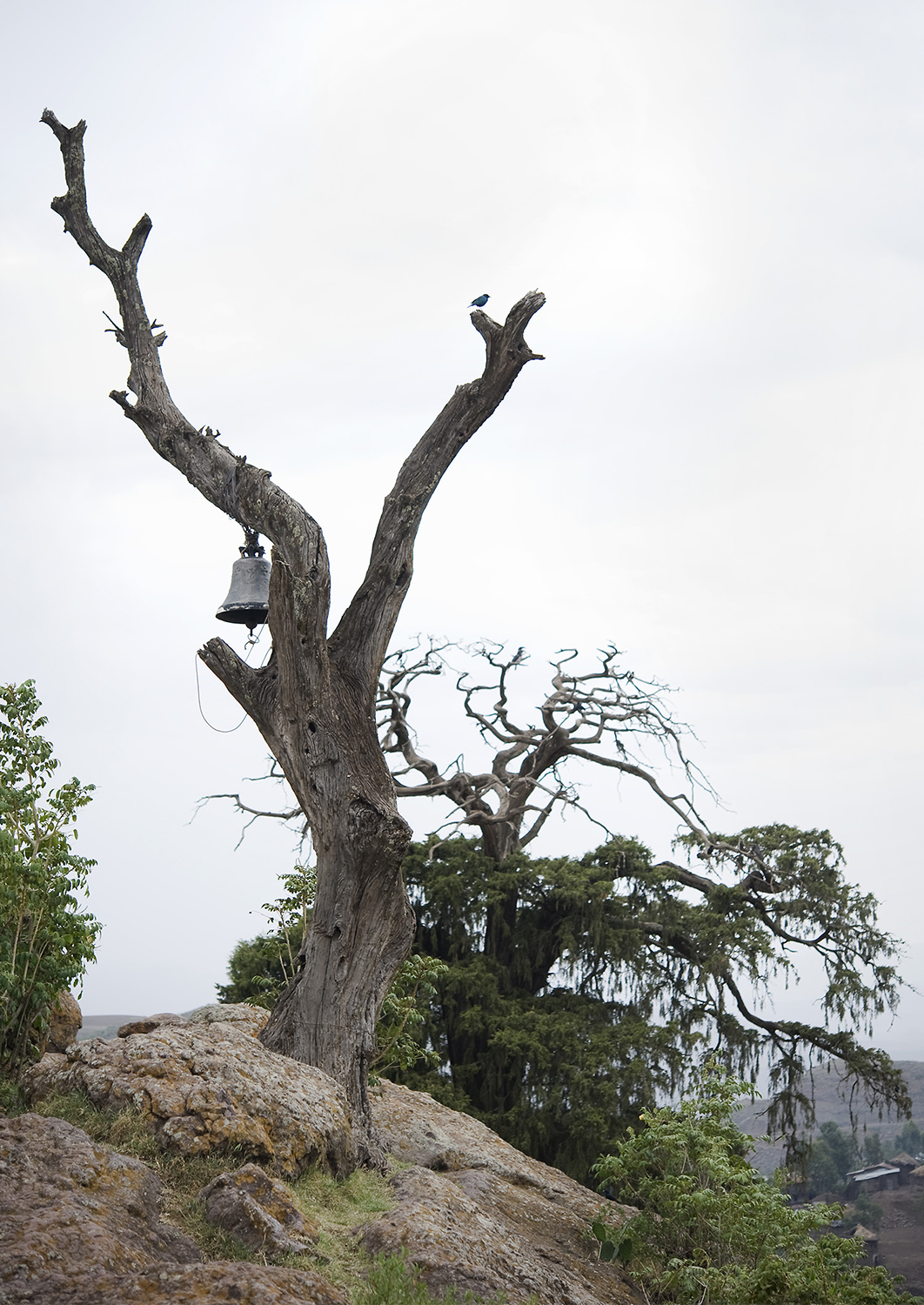Even in Amazonian towns that are accessible by boat alone, there can be substantial (local) tourism – which grows quite tiresome after the first half-dozen or so boat loads of selfie-snapping, garbage-tossing loudmouths. After a couple of nights in one such town, a local suggested I take an early morning boat 30 minutes up a tributary to an indigenous village unfrequented by tourists. I was told to ask for someone, upon arrival, whose name was pronounced “Hi-Kee,” to arrange lodging and meals.
The following morning, seated in a 15-foot boat with an outboard motor, a local entrepreneur (whose business consisted of shuttling people to places not on the “main” route) navigated me through a spectacular flooded forest. Wet season at its peak, the waterline was just below the trees’ branches and we wended our way slowly forward between tree trunks, periodically being brushed by hanging leaves or twigs. Fish jumped, birds fluttered, and I imagined the larger mammals - jaguar, deer, puma, giant otters - listening to the purr of our motor in the distance.
Upon arrival at the village, I disembarked and discovered a town of not more than two or three thousand inhabitants, living mostly in wooden structures scattered along dirt paths. The major landmarks were a couple of soccer fields (one concrete, the other a mixture of dirt and grass), and a wooden church. I set out walking in the direction indicated by the boatman as the place where I would find “Hi-Kee,” happy to be unencumbered by luggage (save the backpack on my back) on the uneven trail. Not sure what I was looking for or if the location would be marked, in the course of the next few hundred feet I asked several more people where “Hi-Kee’s” establishment was.
I made my best guess as to which of the houses might be my destination and stepped timidly into the first floor living quarters of a well-kept lodging. Hearing my footsteps, a young indigenous man opened his eyes and raised his head from a hammock strung in the corner. In Spanish, I explained that I was looking for “Hi-Kee,” as I had been told that she could help me find room and board. “She is my wife,” the young man replied, and climbed a wooden staircase to find her. As I prepared to meet an indigenous woman who most likely would have learned Spanish as a second language, a tall, young, blond, smiling European woman descended the stairs.
“Hi-Kee” was actually Heike, a Dutch woman who had arrived at the village to do a university project, met José (the young indigenous man), and fallen in love with him. Together they work for the betterment of the town and natural environment where they live (through a European foundation and lots of sweat equity by the villagers), focusing on management and protection of natural resources, mapping/ patrolling of ancestral land, and providing basic services for the town’s inhabitants. By all accounts they have a beautiful, warm marriage. The lodging, customized tours, and overall experience I had in their company continue to be a high point of my 20+ years of travel. (Think canoe ride by moonlight accompanied by the recounting of legends and ancestral histories by one of José's relatives, not another human soul discernible for hours but the river and jungle alive with the pulsating sounds of nature.)
Here is a picture of José's youngest brother, Robinson, with traditional indigenous body paint. Heike and José were just outside of the frame… comfortably chatting with a half-dozen or more family members.











